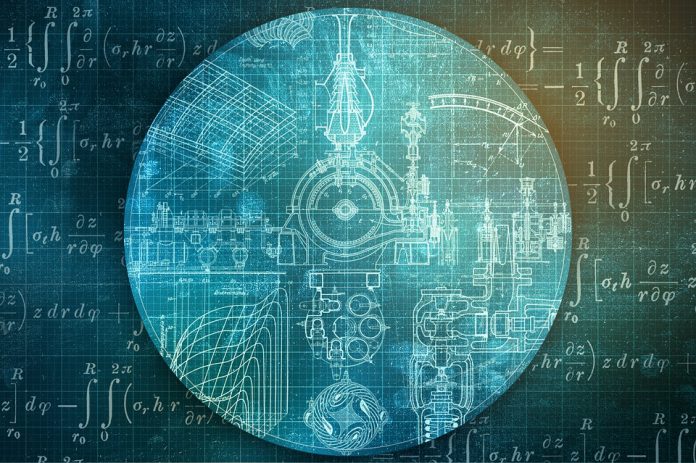The power of AI and ML play a substantial role in defining cybersecurity processes.
Every day, the attack surface keeps on getting bigger and bigger. Threats have not only become complex but are also more difficult to detect. On a daily basis, it is common for cybersecurity teams to grapple with a huge number of alerts that are difficult to analyze and take action. The sheer number of connected devices coupled with scarcity in the number of skilled security professionals makes it a daunting task for any enterprise to improve its security posture. For example, consider a SIEM solution, which is used to monitor and respond to alerts. Today, the sheer volume of alerts with different data formats makes it extremely challenging for any security analyst to detect any suspicious activity.
Fortunately, with the advancements in AI, it is now possible for security teams to significantly reduce risks. For example, AI is a critical arsenal in the fight against cyber threats, as AI-based systems are today able to handle and quickly analyze millions of events and map this to identify different types of threats. This includes analyzing new malware to identify zero-day attacks to prevent users from clicking suspicious emails. What’s more, AI systems can learn from patterns of past security events and learn and prevent the next attack from taking place.
Today, several organizations are implementing AI security solutions and technologies to alert themselves of impending threats as well as data breaches. With more comprehensive and simplified solutions, the demand for AI-based solutions has seen a massive spike.
Before diving into the roles of AI and ML in advancing the cybersecurity processes, let’s take a quick look at these two technologies:
Artificial intelligence and Machine Learning: Core Concepts
Artificial intelligence refers to the simulation of human intelligence by pre-assigned machines, specifically computers. On the other hand, machine learning involves enabling these computers to learn how to carry out the process, including training data and knowledge to learn the detailed applications later.
So, artificial intelligence refers to the processes and algorithms that mimic human intelligence or make those machines smart enough to perform functions that require human intelligence. But machine learning is a subset of AI that focuses on designing and applying algorithms in AI and learning from past use cases to improve the user experience.
So, is AI perfect? Probably not. ML or AI technologies can be productive depending on the information fed into these systems. But it is expanding and advancing exponentially to play a substantial role in defining the cybersecurity processes.
Understanding the impact of AI & ML on cybersecurity
Some of the key areas where an AI/ML system can help include:
-
Threat and anomaly detection: When analyzed against a standard baseline behavior, an AI-based system can quickly detect threats and anomalies.
-
Identity analytics and fraud detection: AI-based systems can be used to create models to recognize fraud-related patterns. As more data is fed to the system, the AI model becomes more accurate.
-
Bot mitigation: Bots are the scrooge of the Internet and can be extremely dangerous. Bots have been known to be programmed by hackers to take over accounts and create bogus accounts. AI systems can be used and trained to identify between malicious and good bots.
-
Asset discovery: AI can be used for automating the discovery of all key devices and applications. This can play a huge role in mitigating risks.
-
Incident Response: AI-powered systems can help with incident responses, enabling organizations to manage security alerts appropriately. By prioritizing the incident response activities, AI automated incident responses can mitigate vulnerabilities and deliver faster responses to such events.
Today, organizations across the world are overwhelmed by cybersecurity threats. AI is a huge asset in the fight against cybercriminals as it improves the efficiency of cyber analysts by helping them to focus on the threats that matter. As AI also learns from past patterns, it can significantly reduce the time taken for identifying threats and resolving them quickly. In summary, AI is today, not a choice, but must be explored as a good competitive weapon against emerging and complex threats.
Link: https://www.analyticsinsight.net/using-the-power-of-ai-ml-in-cybersecurity/?utm_source=pocket_mylist
Source: https://www.analyticsinsight.net





















